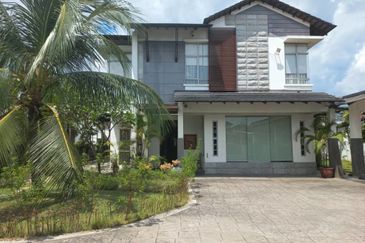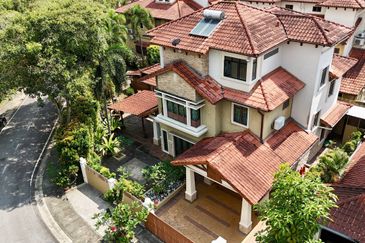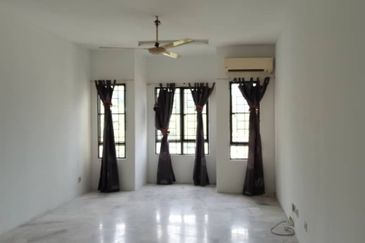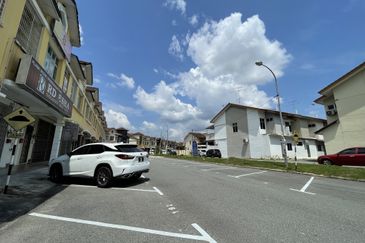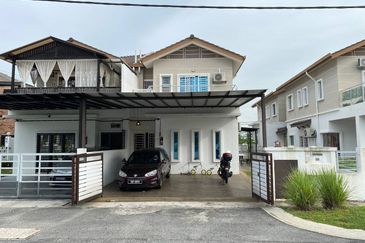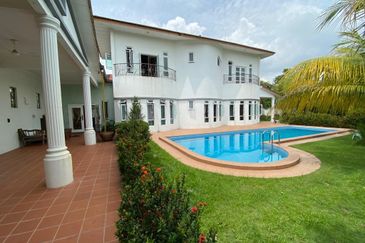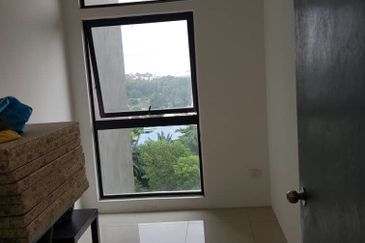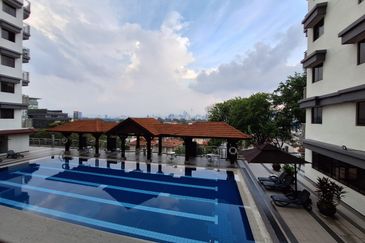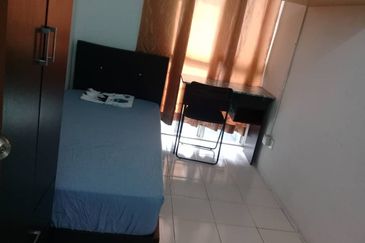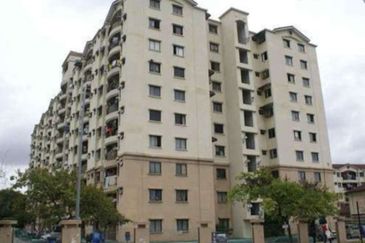
TRX City Sdn Bhd (formerly known as 1MDB Real Estate Sdn Bhd) saw a net profit of RM380.6 million in the financial year ended March 31, 2015 (FY2015). But it could have been a lot less had it not been for the income from the relocation of the Kuala Lumpur Air Force base (Pangkalan Udara Kuala Lumpur or PUKL).
The company posted a net profit of RM858.3 million in the previous year.
According to its CEO Datuk Azmar Talib, TRX City has three projects, including the development and upgrading of facilities for the Royal Malaysian Air Force, Rejimen Artileri Diraja and Royal Malaysian Police Air Wing.
“In FY2015, Tun Razak Exchange (TRX) was in the midst of earthworks and infrastructure works, and we are finalising the Bandar Malaysia project master plan. Both projects did not contribute any revenue to the TRX City group. The PUKL project, meanwhile, was progressing well into the construction stage and contributed revenue of RM478 million,” Azmar says in an email reply to The Edge.
The group has signed four deals with local and foreign companies for the development of TRX and Bandar Malaysia since 2014.
According to TRX City’s FY2015 financial report obtained by The Edge, the real estate arm of the soon-to-be-closed 1Malaysia Development Bhd (1MDB) reported lower changes in the fair value of its investment properties during the 12-month period ended March 31 last year, which resulted in the lower profits.
The lower changes were probably due to the group reclassifying its investment properties into land held for property development as it has started developing some portions of the land in Jalan Tun Razak.
During the period, TRX City disposed of the freehold tract in Sungai Besi to its then wholly-owned subsidiary Bandar Malaysia Sdn Bhd for RM4.2 billion. Sixty per cent of Bandar Malaysia was acquired by a consortium comprising Iskandar Waterfront Holdings Sdn Bhd and China Railway Engineering Corp (M) Sdn Bhd late last year for RM5.28 billion.
While TRX City was supposed to be the real estate developer of the strategic investment fund, actual works on the site, especially at TRX, commenced only about a year ago. The company has awarded two infrastructure contract packages to WCT Holdings Bhd — in 2013 and 2015.
When The Edge visited the TRX site last Wednesday on the group’s invitation, infrastructure works were in full swing, with about 470m of the ingress-egress tunnel connecting the project to Jalan Tun Razak almost completed.
Major earthworks and other utilities infrastructure work are also being carried out, while construction of the underground floors of the 90-storey Signature Tower has been completed. Mulia Group is the developer of the tower, which is set to become the anchor of the financial quarter of TRX.
Despite some progress on the site, TRX is far from becoming a revenue-generating unit for TRX City.
According to Azmar, due to the nature of the project as a property development, revenue and profit are recognised using the percentage of completion method, in compliance with the Malaysian Financial Reporting Standards.
“TRX City entered into joint ventures and land sales transactions with Lendlease on March 19 last year. As at March 31, 2015, the agreement was subject to the fulfilment of conditions precedent, and neither revenue nor profit were available to be recognised.
“Going forward, as the development activities of TRX intensify, the project is expected to contribute substantially to TRX City’s revenue and profit,” Azmar says in the email reply.
It is thus certainly not by chance that the group is undertaking the relocation of the Kuala Lumpur airbase and the development of eight sites to house the armed forces throughout the country.
To recap, in June 2011, 1MDB and the federal government signed a development and relocation agreement for PUKL for a total project cost of RM2.7 billion. Six million sq ft of new facilities will be built in eight different locations for the armed forces, which is three times more than the old airbase floor area.
In return for 1MDB undertaking the construction of the new bases, the strategic development fund was given a cash payment and land. This includes the 480-acre Sungai Besi airport tract, to be developed into Bandar Malaysia, worth RM1.6 billion.
The federal government has agreed to pay the remaining RM1.1 billion in construction cost upon the actual cost being incurred. Any cost overruns or penalties will be borne by 1MDB, with the cost to the federal government remaining at RM2.7 billion.
Subsequently, 1MDB appointed Perbadanan Perwira Harta Malaysia, a unit of Lembaga Tabung Angkatan Tentera or the Armed Forces Fund Board, as the sole turnkey contractor to undertake certain construction works in the relocation of the Kuala Lumpur airbase. It is unclear what “certain construction works” entail.
Azmar says the relocation is ongoing, with an overall completion progress of 50%. “There are eight sites and each has its own schedule.”
Based on TRX City’s 2015 annual report, the group recorded revenue of RM478 million in FY2015, derived mainly from the construction contracts awarded by 1MDB to undertake the relocation of PUKL.
TRX City has raised a substantial amount of money through debts to part-finance the relocation of the airbase, as part of the Bandar Malaysia development agreement. On Dec 20, 2013, the group accepted a RM550 million term-loan facility to partially finance the relocation works.
The term loan was for a tenure of a year with a bullet repayment of the principal sum on Jan 7 last year. TRX City had redeemed the term loan in FY2015, which resulted in its cash and cash equivalents plunging to RM11.2 million from RM555.66 million in the preceding year.
Besides the term-loan facility, the group also issued RM2.4 billion (nominal value) under a sukuk murabahah programme. The proceeds have been utilised to part-finance the cost of the relocation project and to fund its working capital requirements.
Indeed, revenue from the relocation and development of the airbase has been keeping TRX City afloat as the development of TRX has not contributed much revenue or profit to the group.
This is because the disposal of land in TRX to investors is subject to the master developer completing the required infrastructure. According to a TRX City official, some of the land deals the company has entered into with investors have long-term staggered payment periods.
Besides Lendlease, which is developing a lifestyle quarter with TRX City, other companies that have purchased tracts within TRX include Lembaga Tabung Haji (1.6 acres for RM177.5 million) and Affin Bank Bhd (1.25 acres for RM255 million).
This article first appeared in The Edge Malaysia on Aug 1, 2016. Subscribe here for your personal copy.
TOP PICKS BY EDGEPROP

Saffron Hills @ Denai Alam
Denai Alam, Selangor
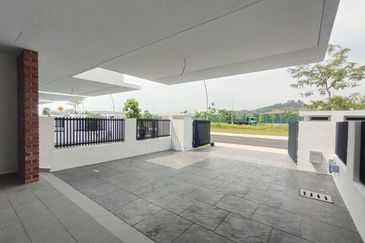
Elmina Green Three @ City of Elmina
Sungai Buloh, Selangor

Laman Glasier @ Country Garden Central Park (Glacio)
Johor Bahru, Johor
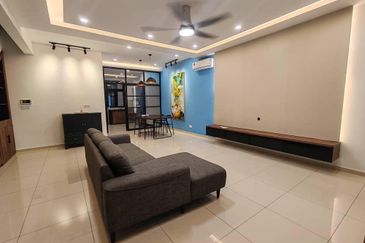
Sunway Citrine Lakehomes
Iskandar Puteri, Johor
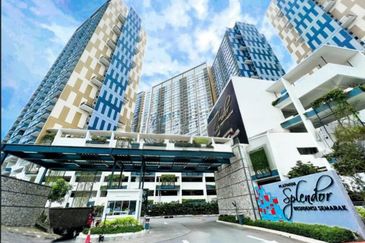
Platinum Splendor Residence
Keramat, Kuala Lumpur
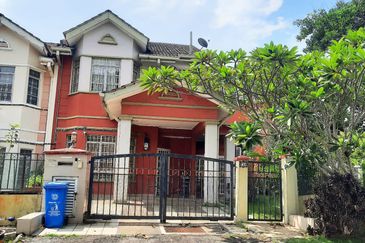
Cahaya SPK (Cahaya Heights)
Shah Alam, Selangor
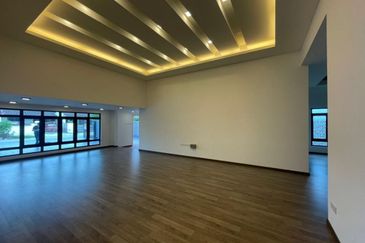
Seksyen 14, Petaling Jaya
Petaling Jaya, Selangor
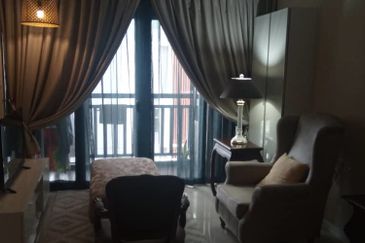
Suria Residence by Sunsuria
Bukit Jelutong, Selangor


